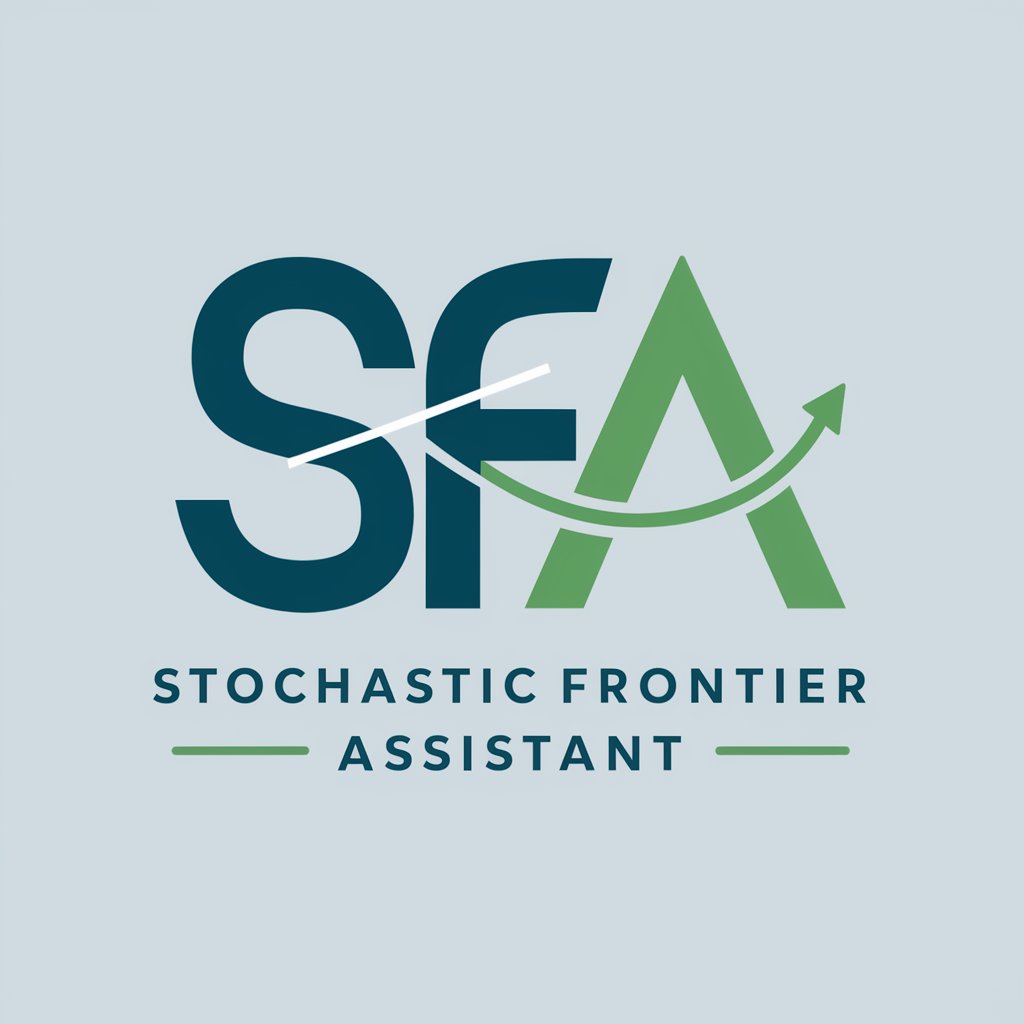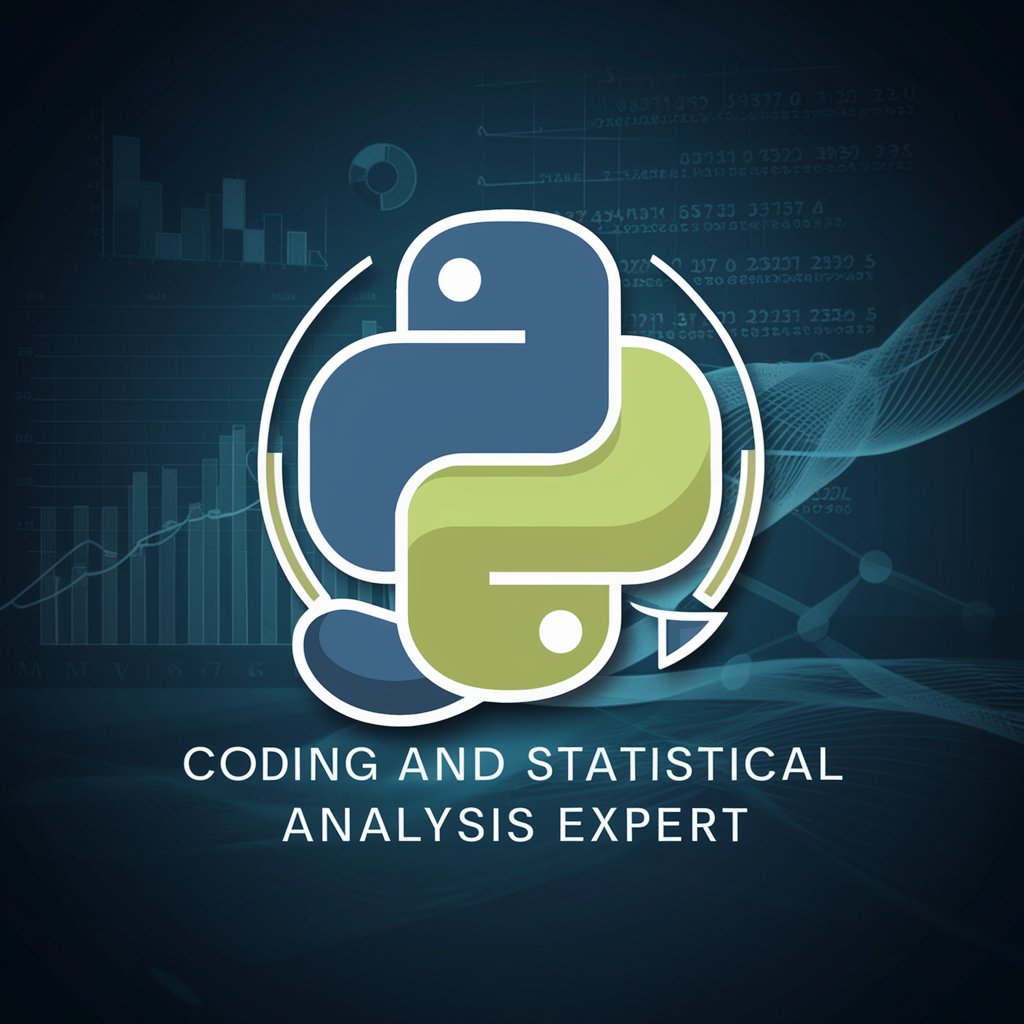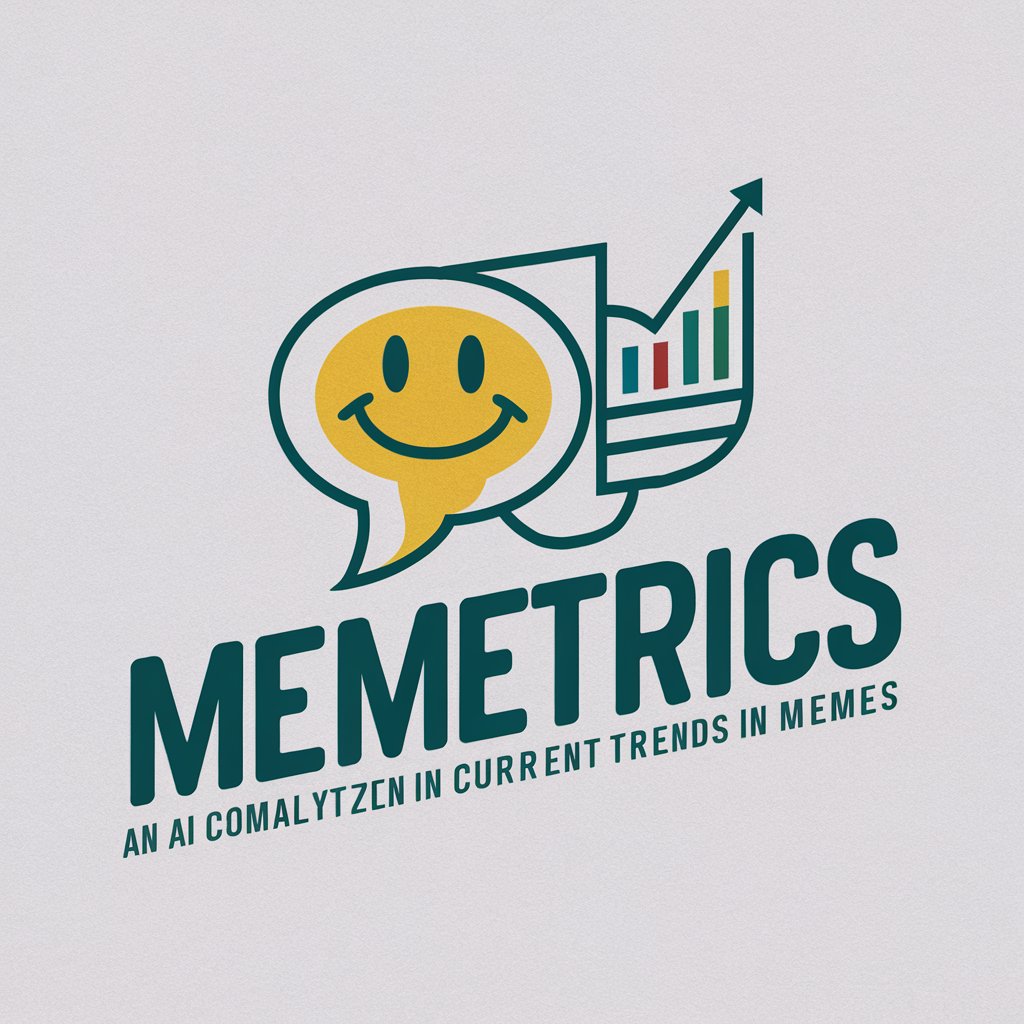Stochastic Frontier Assistant - Efficiency Analysis Tool

Welcome! Let's begin your stochastic frontier analysis.
AI-powered efficiency frontier analysis.
Please upload your dataset, and let me know if it is panel data or cross-sectional data.
Which independent and dependent variables would you like to analyze?
Choose the distribution for the inefficiency term: half-normal, gamma, or exponential.
Let's compare models using AIC and BIC for the best fit. Which model parameters would you like to start with?
Get Embed Code
Overview of Stochastic Frontier Assistant
Stochastic Frontier Assistant (SFA) is a specialized tool designed for econometric and statistical analysis within the framework of efficiency and productivity measurement. Its core functionality revolves around applying stochastic frontier analysis (SFA), a method used to estimate the efficiency of firms, technologies, or production processes. SFA distinguishes itself by considering the effects of random errors and inefficiency separately in the data, allowing for a more nuanced understanding of production frontiers. For example, in analyzing the efficiency of agricultural farms, SFA can separate the effects of weather (a random error) from farmers' managerial skills (inefficiency). The design purpose is to provide users, ranging from researchers to practitioners in various fields, with the ability to model production or cost functions, identify inefficiencies, and suggest areas for improvement, all based on empirical data analysis. Powered by ChatGPT-4o。

Key Functions of Stochastic Frontier Assistant
Model Specification and Estimation
Example
Estimating the efficiency of banks in lending, considering differences in risk management and customer service.
Scenario
A researcher uploads data on various banks' loan amounts, operating costs, and non-performing loans to model the banking sector's production frontier. By choosing a half-normal distribution for the inefficiency term, the model helps identify how far each bank is from the 'best practice' frontier, adjusting for random shocks like economic downturns.
Efficiency Scores Computation
Example
Analyzing the technical efficiency of manufacturing firms to pinpoint areas for process improvement.
Scenario
A consultancy firm uses SFA to assess the performance of client manufacturing plants. By defining inputs (labor, capital) and output (goods produced), and assuming a gamma distribution for inefficiency, the firm can advise on reducing waste and optimizing production lines.
Model Comparison and Selection
Example
Comparing different distributional assumptions (e.g., half-normal vs. gamma) to determine the best fit for the data.
Scenario
An academic study on healthcare providers' efficiency uses SFA to test various inefficiency term distributions. By comparing AIC and BIC scores across models, researchers can choose the model that best captures the underlying inefficiency in healthcare delivery.
Target Users of Stochastic Frontier Assistant
Academic Researchers
Individuals or groups within universities or research institutions focusing on efficiency and productivity analysis across different sectors, such as agriculture, banking, or healthcare. These users benefit from SFA's rigorous, data-driven insights to support their research findings and policy recommendations.
Consultancy Firms
Consultancies specializing in operational improvement, strategic planning, or sector-specific analysis. SFA provides these professionals with a powerful tool to assess client organizations' efficiency, identify inefficiencies, and recommend data-backed strategies for improvement.
Government and Policy Analysts
Policy makers and analysts in governmental or international organizations tasked with evaluating the performance of sectors critical to economic development (e.g., education, healthcare). SFA helps in understanding the efficiency of service delivery and in formulating policies to enhance productivity and resource allocation.

How to Use Stochastic Frontier Assistant
Initiate a Free Trial
Start by visiting yeschat.ai to access a free trial, no signup or ChatGPT Plus required.
Prepare Your Data
Ensure your dataset is ready and formatted correctly, identifying your dependent and independent variables.
Select Data Type
Choose whether your data is panel data or cross-sectional to apply the correct stochastic frontier analysis model.
Define Model Specifications
Select your preferred inefficiency distribution among half-normal, gamma, or exponential options for the analysis.
Analyze and Interpret
After running the analysis, review the results including AIC, BIC scores, and technical efficiency scores. Use these insights to understand and improve your model's performance.
Try other advanced and practical GPTs
Refinador Jurídico
Elevate Legal Writing with AI Expertise

Politólogo Jurísta Mexicano
AI-powered Mexican legal and political analysis

Jurista do Trabalho
Empowering legal insights with AI.

Asesor Legal y Jurídico
Empowering Legal Insights with AI

Traductor Coreano - Español
Seamless Korean-Spanish translations powered by AI.

Jurista Visionario
Demystifying law with AI-powered clarity

Business Model Evaluator: Score Out of 18
Quantify Your Business Potential

Coding and Statistical Analysis Expert
AI-powered coding and data analysis assistant

Meme Master
Crafting Laughter with AI

Memetrics
Insightful Meme Analytics Powered by AI

Memetic AF
Crafting Viral AI-Driven Memes Instantly

WAT spelle?
Where AI meets cosmic sigilcraft.

Frequently Asked Questions about Stochastic Frontier Assistant
What is Stochastic Frontier Analysis?
Stochastic Frontier Analysis (SFA) is a method used to estimate the efficiency of firms or production units. By comparing observed production against a theoretical maximum (frontier), SFA can determine inefficiencies in the production process.
Can I use SFA for non-economic data?
Yes, while traditionally used in economics to assess production efficiency, SFA can be applied to any scenario where there's a need to measure efficiency relative to a maximum potential output, including health services and education.
How does the choice of inefficiency distribution affect my analysis?
The inefficiency distribution (half-normal, gamma, exponential) affects the interpretation of inefficiency scores. Different assumptions about the distribution can lead to different estimates of inefficiency levels and thus impact the analysis conclusions.
What are AIC and BIC, and why are they important?
AIC (Akaike Information Criterion) and BIC (Bayesian Information Criterion) are measures used to compare the goodness of fit of different statistical models, taking into account the number of parameters. They help in selecting the most appropriate model.
Can I use this tool for time-series data?
The tool is optimized for cross-sectional and panel data. For time-series analysis, adjustments and specific time-series methods are recommended to account for temporal dependencies and trends.
